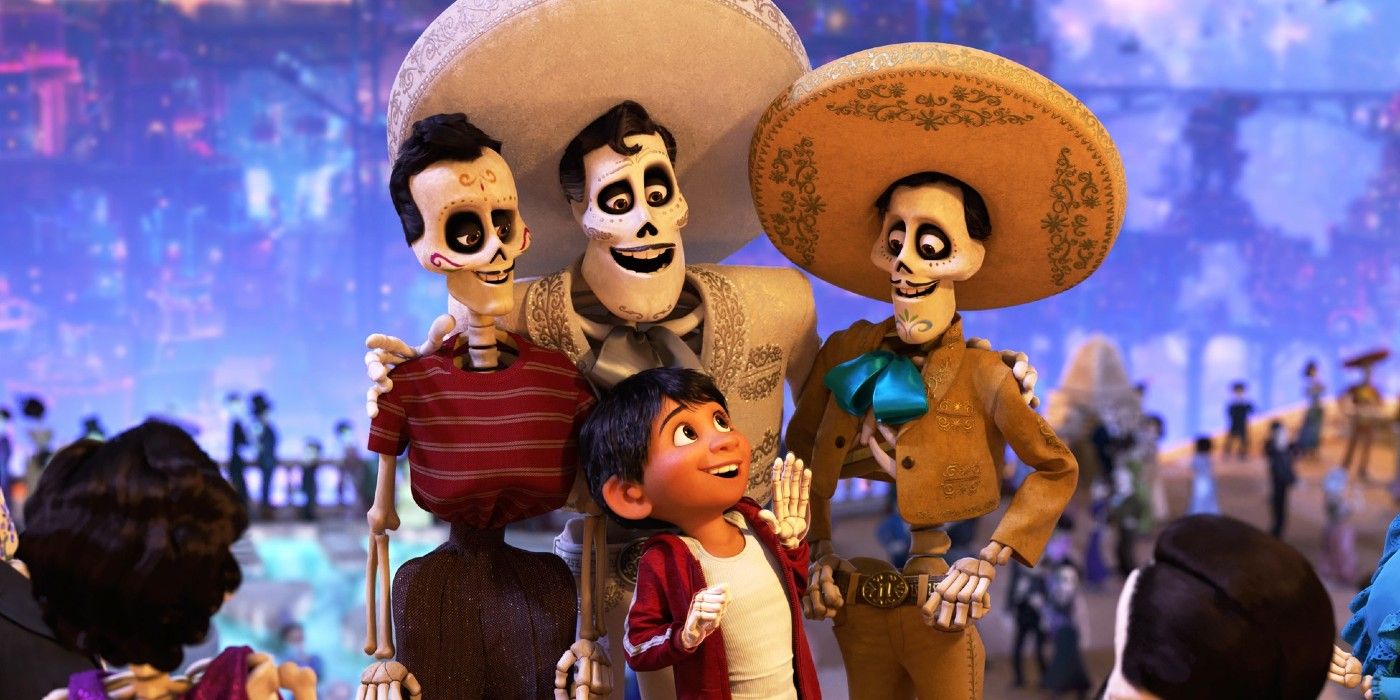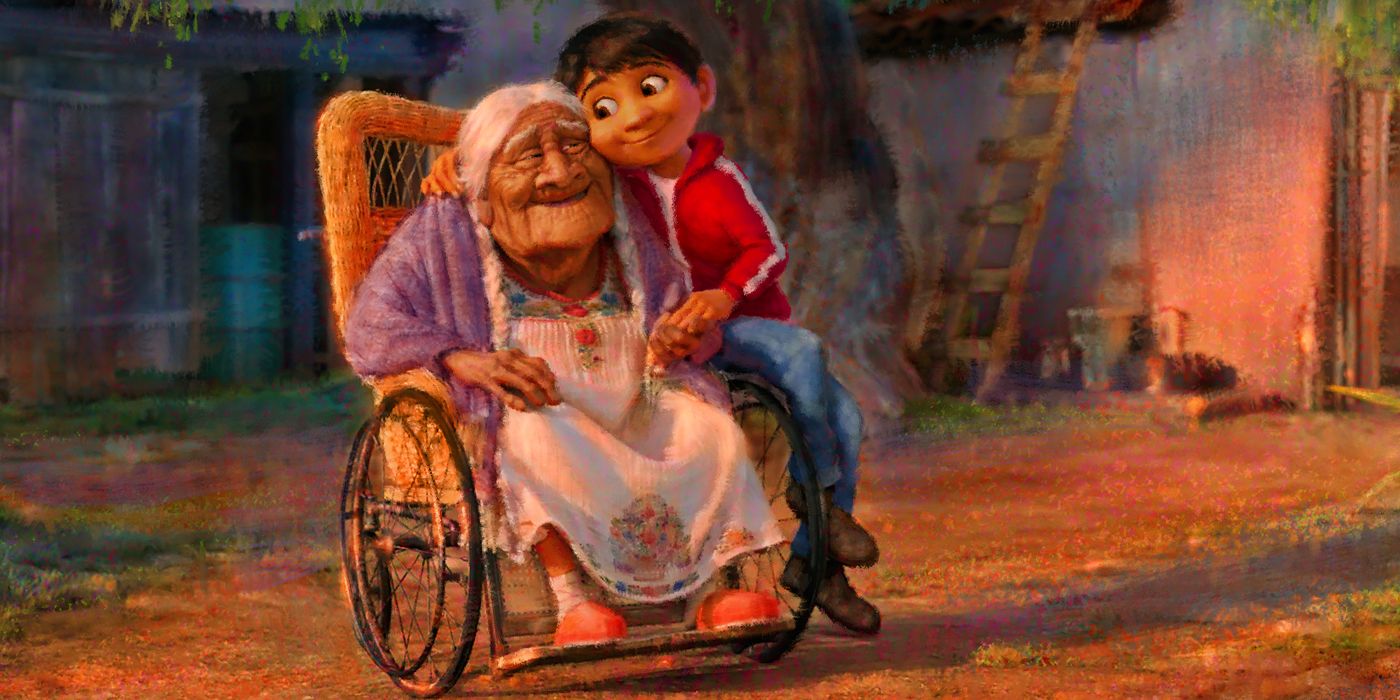Director Lee Unkrich has disputed a longstanding perception of his 2017 Pixar movie, Coco. Unkrich is a regularly featured name for Pixar movie credits, having previously co-directed Toy Story 2, Monsters Inc., and Finding Nemo before spearheading Toy Story 3 solo. Coco was a major commercial and critical success for the animation studio, with the movie praised especially for its representation of Mexican culture and themes of familial bonds.Pixar director alum Lee Unkrich has spoken out against the misconception that his 2017 Best Animated Feature winner is a kid's movie. In a series of Twitter exchanges, Unkrich diplomatically argues that his work and animated films are more broadly distinct from stories intended primarily for children. While his stance is unequivocal and resolute, he handles the subject politely and in good faith with those he's directly engaging and users following the discourse.
"This is a very hot-button topic for me. There is an unfortunate lack of respect for animation as a universal storytelling medium - on par with live action - and that barely improved in the 25 years I worked at Pixar".
​​​​​
Why Thinking Of Animation As Just For Kids Is A Mistake
Unkrich's strong stance comes in the wake of a significant shake-up at Disney, with Bob Iger returning to relieve Bob Chapek as CEO of the company only two years after retiring from the same role. Chapek himself recently expressed this sentiment that Unkrich pushes back against, that animated movies are exclusively for a child market. His comments sparked some backlash from Disney fans, perceived as a departure from the brand's long history of storytelling which caters to audiences of all ages simultaneously. Between the response to those remarks and the heavy criticism of Disney's response - under Chapek - to Florida's 'Don't Say Gay' legislation earlier this year, Iger's return is being seen as a necessary course correction for the company.
Attitudes towards animated movies have long dismissed them as entertainment for the youngest demographic, as far back as Disney's debut in 1937 with Snow White and the Seven Dwarfs. Despite the Disney Renaissance of the late 1980s and early 1990s, as well as the emergence of Pixar in the late 1990s (both of which were acclaimed for exploring more mature and emotionally complex themes), the medium has never irreparably broken the barrier of this perception. The recent trend of Disney remaking its animated filmography in live-action has sparked its own criticism of how this reinforces the idea of animation's inferiority as a storytelling format.
There are strong indications, however, that such attitudes are gradually diminishing in favor of a more nuanced appreciation for animation as a medium for audiences, both young and old. The 90s marked a significant step forward in this regard, not just thanks to modern Disney classics like Beauty and the Beast and The Lion King, but non-Disney productions like The Prince of Egypt and The Iron Giant. Pixar continued this in the 00s via a winning streak of features - including Wall-E and Up - which actively explored and embraced stories that resonated with adults. More recently, movies like Spider-Man: Into the Spider-Verse have continued to expand awareness and appreciation for animation as an art form equal to live-action.
Source: Lee Unkrich


